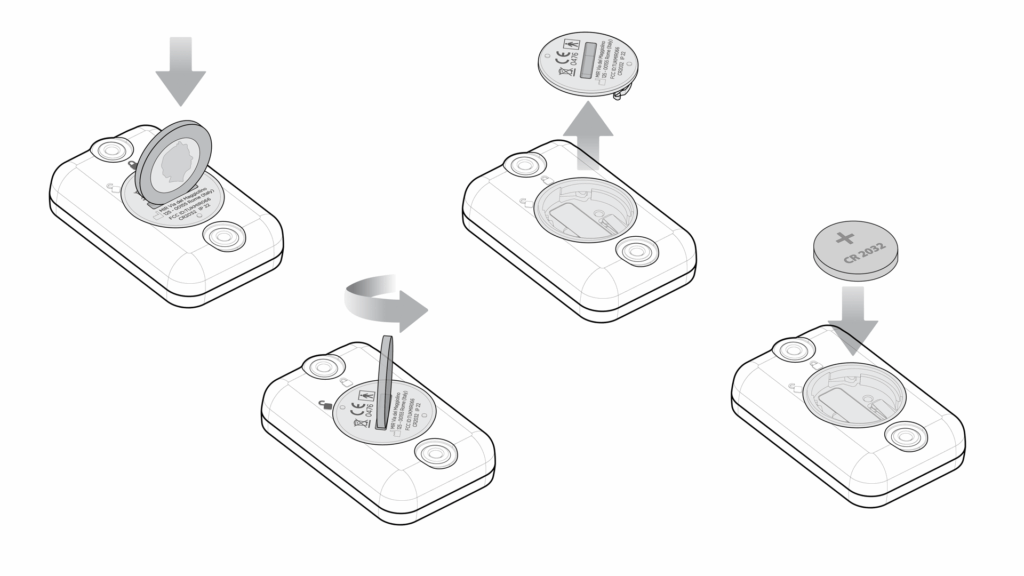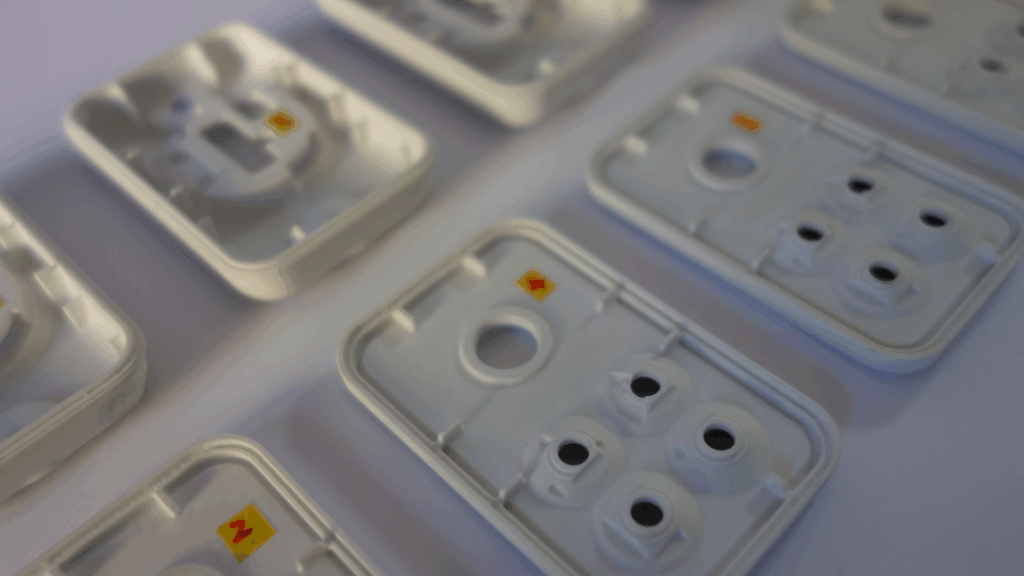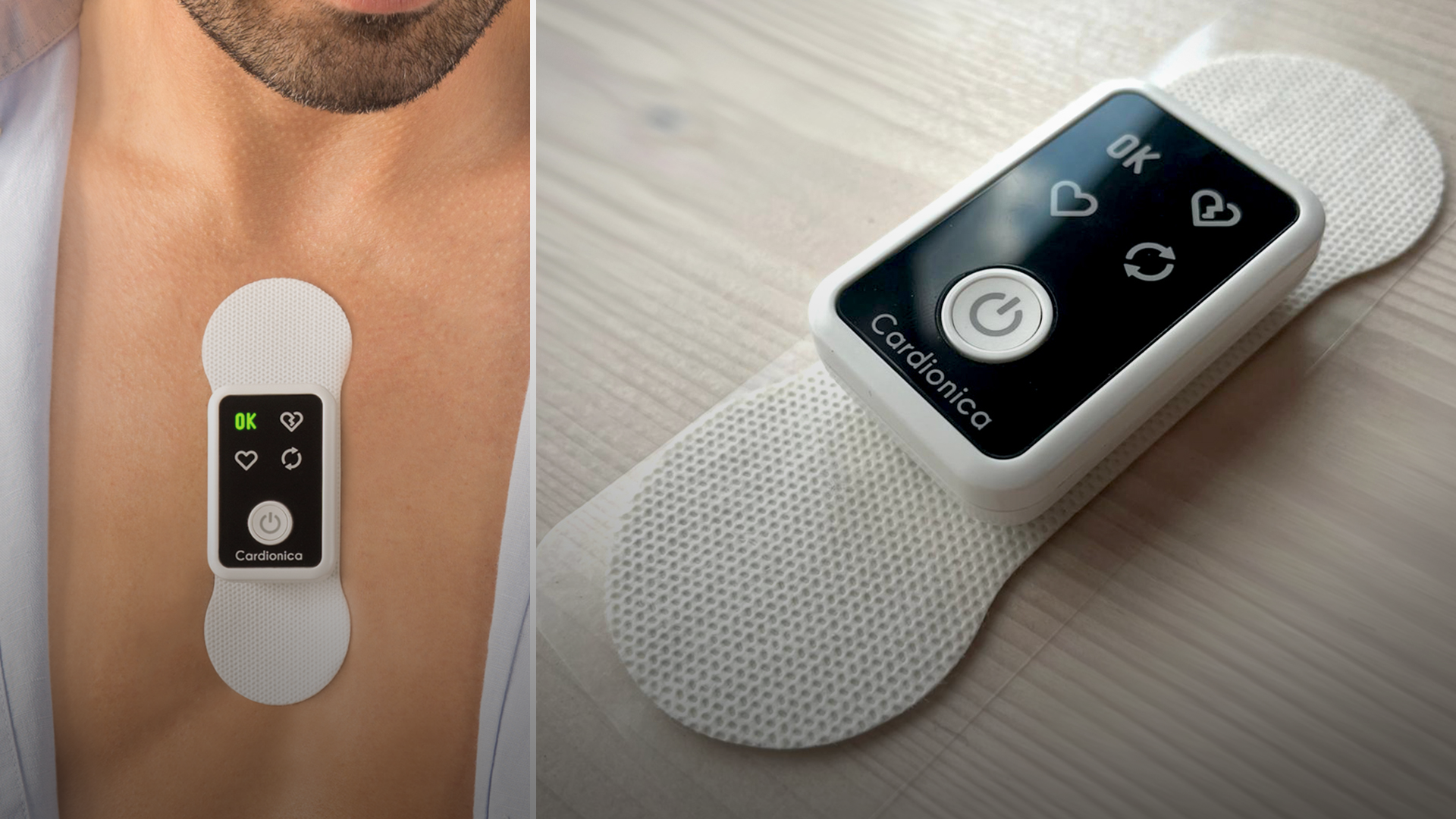In our previous article, Simplifying Medical Device Design: Reducing Complexity for Safety and Efficiency, we explored the theory behind medical device complexity and how simplification improves usability, efficiency, and compliance.
Now, we bring those principles to life through a real-world case study: the development of Cardionica, a portable monitoring device.
At Creanova, we partnered with MIR (Medical International Research) to design and engineer a compact, user-friendly device for continuous heart monitoring and arrhythmia detection. A little device delivering performance, safety, and ease-of-use in a simplified, portable form factor.
This article breaks down the design challenges, our approach and the results achieved—demonstrating how simplification can be a powerful tool in Medical Innovation.
The Challenge: Complex Requirements & Compact Solution

When MIR approached Creanova with the Cardionica project, their goal was to turn this advanced functionality into a non-invasive, portable, all-in-one solution capable of supporting both professionals and home users. The device integrates real-time Heart Check and Arrhythmia Detection into a compact form factor—while ensuring reliability, precision, and intuitive operation, even for non-expert users.
However, translating such a broad set of clinical features into a compact, robust, and user-friendly device—without compromising accuracy—posed a significant design challenge and introduced several layers of complexity.
Portable monitoring devices face a unique intersection of multiple demanding requirements, including:
- Continuous and accurate data acquisition, even during everyday movement
- Lightweight, ergonomic construction that remains comfortable and unobtrusive
- Intuitive usability for clinicians, caregivers, and untrained home users
- Optimized power management for extended monitoring sessions
- Full compliance with regulatory and safety standards (e.g., IEC 60601, biocompatibility, usability engineering)
- Easy sanitization and durability, essential for both clinical and domestic environments.
Our Strategy: 5 Layers of Simplicity
To address the complexity, Creanova implemented a cross-disciplinary strategy based on five core principles.
1. Hardware Integration with System-on-Chip (SoC)
Traditional heart monitors rely on multiple discrete components such as sensor modules, data processors, and communication interfaces, which increase size, weight, and failure risk.

We streamlined the device architecture by adopting SoC technology, integrating:
- Signal acquisition
- Wireless data transmission
- Power management
Data logging into a single chip. This minimized the PCB footprint, reduced interconnections, and enabled a compact housing with fewer assembly points.
2. User Experience Simplified with a Single Button
Cardionica was designed for non-technical users, including patients with no clinical training. Therefore, the interface needed to be as intuitive as possible.

Creanova developed:
- A single-button control with tactile feedback
- 4 Color-coded visual indicators for real-time device status
- No screen or menus, reducing distraction and simplifying UX
The result was a frictionless user journey with no configuration required: turn it on, attach it, push the button and let it run.
3. Battery Optimization for Long-Term Portability
Power management was another critical design challenge. The device needed to support long monitoring sessions without frequent recharging—while still maintaining a lightweight, portable form factor.
To achieve this balance, we selected a high-efficiency lithium-ion cell that offered:
- Low self-discharge, ensuring consistent readiness
- Stable and safe thermal behavior, essential for continuous skin-contact devices
- An optimal size-to-capacity ratio, maximizing runtime within minimal space
This choice enabled all-day monitoring without increasing the device’s footprint. Additionally, the architecture supports easy battery replacement, simplifying maintenance for both professionals and home users without introducing technical complexity.

4. Manufacturing Simplification
To ensure scalable and cost-efficient production, Creanova’s Team applied a Design-For-Manufacturing (DFM) approach from the earliest development stages. By engineering the device with manufacturability in mind, we accelerated prototyping cycles, reduced assembly costs, and increased the overall efficiency and reliability of mass production.

This strategy focused on:
- Tool-less assembly techniques that reduce production time
- Snap-fit enclosures for faster, more reliable mechanical integration
- Minimized fasteners and connectors, decreasing complexity and potential failure points
- Standardized materials and dimensions to streamline sourcing and supply chain management
Results: Compact, Reliable and User-Driven Device

The final result was a lightweight, pocket-sized cardiac monitoring device that required minimal training, performed reliably across diverse environments, and delivered clinical-grade accuracy within a simplified and highly optimized design architecture.
This refinement process delivered measurable benefits:
- 30% reduction in component count, increasing reliability
- 25% smaller form factor, enhancing portability
- Improved time-to-market, thanks to streamlined assembly
- Enhanced usability, even for elderly or non-technical patients
- Greater hygiene compliance, meeting clinical disinfection protocols
- Regulatory readiness, supported by clean documentation and simplified system structure
The simplification process allowed MIR to deliver a competitive, high-impact product without unnecessary technical burden and with enhanced commercial viability.
5. Hygienic Design for Clinical Safety
As a reusable medical device, cleanability was essential. Cardionica needed to withstand frequent sanitization without degradation or contamination risk. The hygienic considerations were baked into the industrial design from the earliest stages.
Therefore, we applied medical-grade design best practices:
- Seamless outer surfaces, avoiding dirt traps
- Smooth, non-porous materials suitable for disinfectants
- Rounded edges and minimal crevices, facilitating easy wiping and cleaning
- Water-resistant sealing for additional protection in clinical settings
Lessons Learned from the Cardionica Case
The Cardionica project demonstrates how complexity can be eliminated through smart design choices.
Simplification is not about removing value—it’s about refining purpose. Every decision, from hardware selection to user interaction and manufacturing strategy, was guided by one question: How can we deliver more with less?
This approach resulted in a device that is:
- Easier to use
- Easier to build
- Easier to clean
- Easier to trust
The outcome is a cardiac monitor that is accurate, accessible, and effective in any setting.
At Creanova, we believe the best medical devices aren’t the most complex—they’re the ones that deliver the greatest value through clarity, efficiency, and precision. Design simplification:
- Accelerates innovation
- Reduces risk
- Improves usability
- Cuts costs
- Enhances safety
Our integrated team of designers, engineers, and regulatory experts is ready to help you simplify your next product without compromising innovation.

